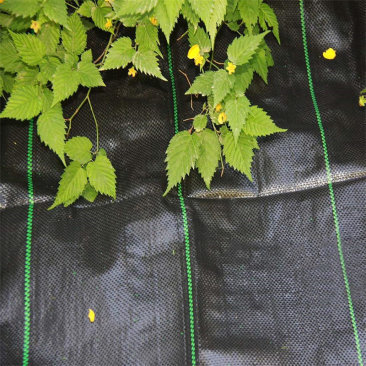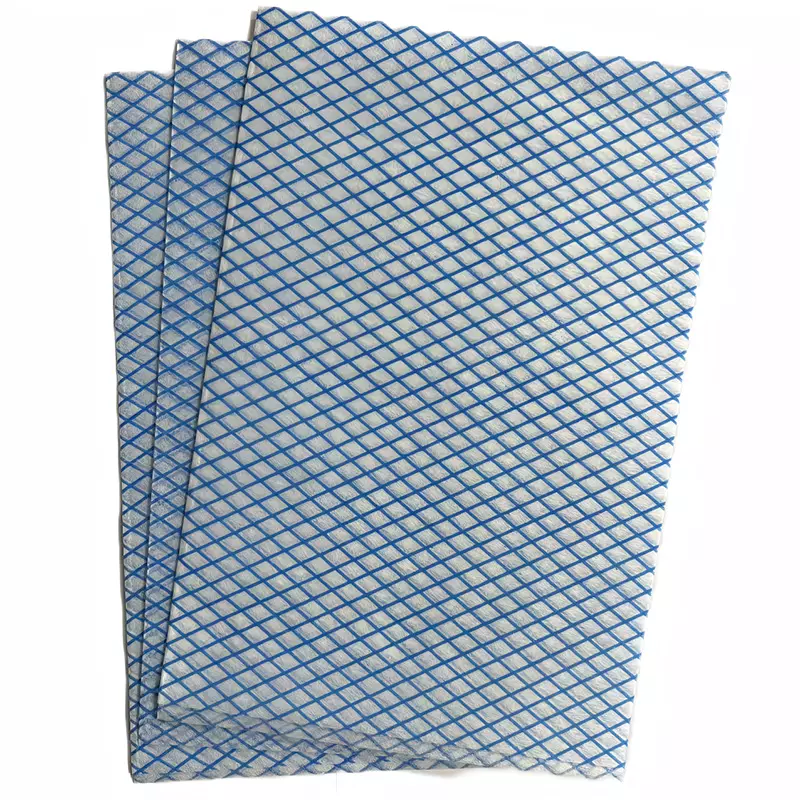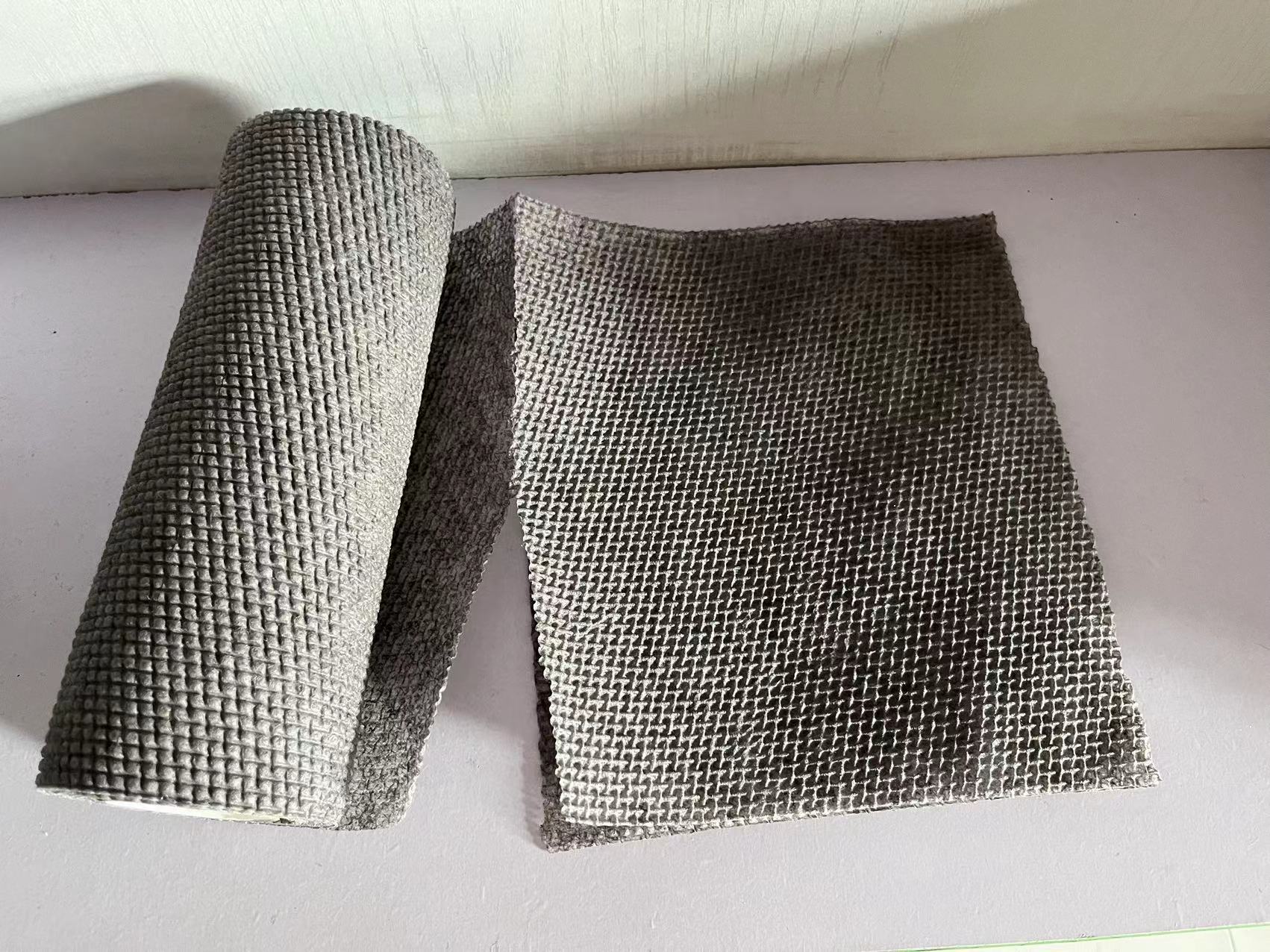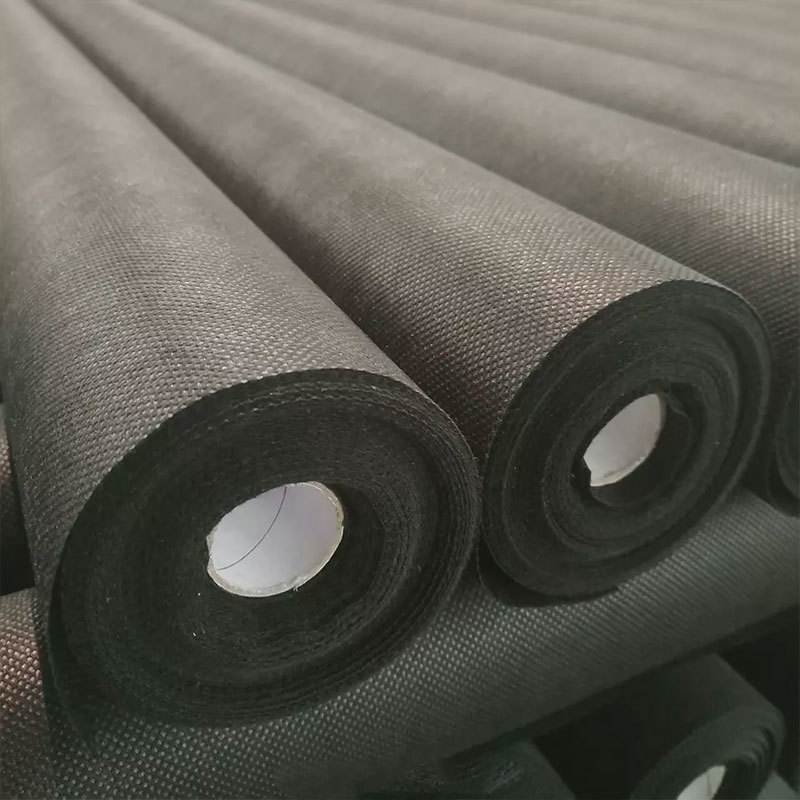06
2025
-
06
Understanding Ground Weed Control Fabric: Essential Insights for Construction and Landscaping
Ground weed control fabric is a vital component in both construction and landscaping, designed to manage unwanted plant growth effectively. It serves as a barrier that inhibits the growth of weeds while allowing essential nutrients, water, and air to reach the soil. Utilizing this type of fabric can significantly enhance the longevity and health of your garden or construction site, ensuring a clea
Ground weed control fabric is a vital component in both construction and landscaping, designed to manage unwanted plant growth effectively. It serves as a barrier that inhibits the growth of weeds while allowing essential nutrients, water, and air to reach the soil. Utilizing this type of fabric can significantly enhance the longevity and health of your garden or construction site, ensuring a cleaner and more aesthetically pleasing environment.
One of the primary benefits of ground weed control fabric is its ability to reduce the need for chemical herbicides. By creating a physical barrier against sunlight, the fabric prevents weed seeds from germinating. This not only minimizes the reliance on chemical treatments but also contributes to a more eco-friendly approach to weed management. As environmental concerns grow, adopting sustainable practices, such as using ground weed control fabric, can improve your project's overall impact.
When selecting ground weed control fabric, it's important to consider factors such as permeability, durability, and thickness. High-quality fabrics are designed to withstand various environmental conditions, including extreme temperatures and moisture levels. They should effectively allow water and nutrients to penetrate while preventing weed growth. Opting for a fabric that is UV stabilized can also extend its lifespan, making it a wise investment for your landscaping or construction needs.
Installation of ground weed control fabric is straightforward, but proper techniques are vital for achieving optimal results. Begin by preparing the area by removing existing weeds and debris, ensuring a clean surface. Lay the fabric flat over the soil, overlapping edges when necessary to prevent gaps that could allow weeds to emerge. Secure the fabric using landscape staples or pins to keep it in place, especially in windy conditions. Once installed, you can cover the fabric with mulch, stones, or soil to enhance its effectiveness while maintaining an attractive appearance.
In addition to its primary purpose of weed control, ground weed control fabric can also improve soil temperature regulation and promote better drainage. This is particularly beneficial in landscaping applications where plant health is paramount. By managing the microenvironment of the soil, the fabric assists in creating an optimal setting for growth, further enhancing the success of your planting efforts.
In summary, ground weed control fabric is an essential tool for anyone involved in construction or landscaping. Its effectiveness in preventing unwanted weed growth, combined with its ease of installation and minimal environmental impact, makes it a valuable addition to any project. By understanding its benefits and best practices, you can ensure a successful outcome and a more manageable landscape or construction site.
One of the primary benefits of ground weed control fabric is its ability to reduce the need for chemical herbicides. By creating a physical barrier against sunlight, the fabric prevents weed seeds from germinating. This not only minimizes the reliance on chemical treatments but also contributes to a more eco-friendly approach to weed management. As environmental concerns grow, adopting sustainable practices, such as using ground weed control fabric, can improve your project's overall impact.
When selecting ground weed control fabric, it's important to consider factors such as permeability, durability, and thickness. High-quality fabrics are designed to withstand various environmental conditions, including extreme temperatures and moisture levels. They should effectively allow water and nutrients to penetrate while preventing weed growth. Opting for a fabric that is UV stabilized can also extend its lifespan, making it a wise investment for your landscaping or construction needs.
Installation of ground weed control fabric is straightforward, but proper techniques are vital for achieving optimal results. Begin by preparing the area by removing existing weeds and debris, ensuring a clean surface. Lay the fabric flat over the soil, overlapping edges when necessary to prevent gaps that could allow weeds to emerge. Secure the fabric using landscape staples or pins to keep it in place, especially in windy conditions. Once installed, you can cover the fabric with mulch, stones, or soil to enhance its effectiveness while maintaining an attractive appearance.
In addition to its primary purpose of weed control, ground weed control fabric can also improve soil temperature regulation and promote better drainage. This is particularly beneficial in landscaping applications where plant health is paramount. By managing the microenvironment of the soil, the fabric assists in creating an optimal setting for growth, further enhancing the success of your planting efforts.
In summary, ground weed control fabric is an essential tool for anyone involved in construction or landscaping. Its effectiveness in preventing unwanted weed growth, combined with its ease of installation and minimal environmental impact, makes it a valuable addition to any project. By understanding its benefits and best practices, you can ensure a successful outcome and a more manageable landscape or construction site.
ground weed control fabric












